Christmas is one of the most important and widely celebrated holidays in the Christian world. Each and every year people engage in many of the same traditions their parents did, usually without questioning why. Historic Mysteries brings you 11 interesting things you never knew about Christmas.
1. The origin of the Christmas stocking
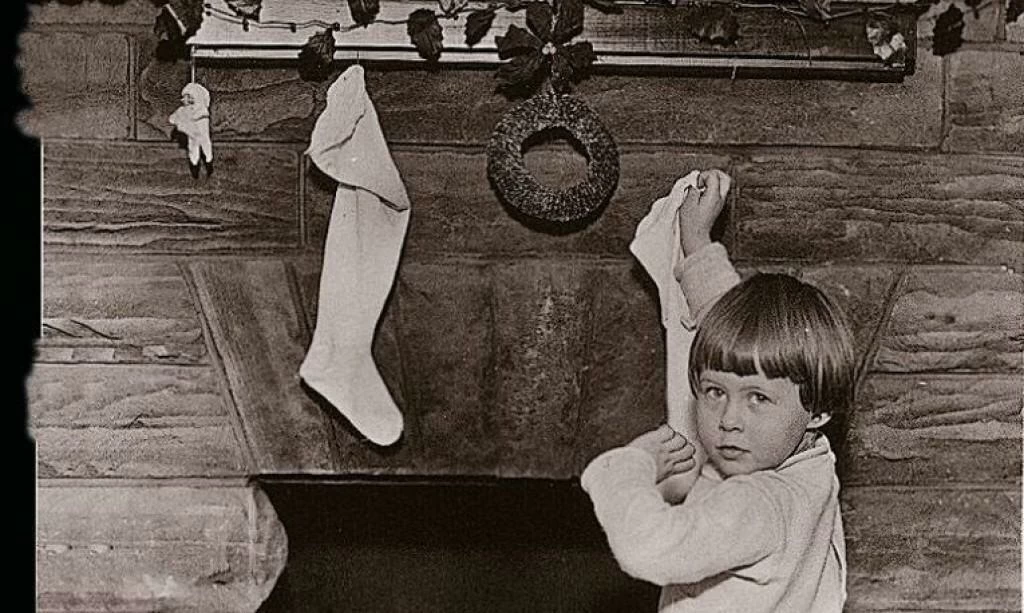
The story that is most often told about the Christmas stocking goes back to a monk named St. Nicholas from Turkey. In this version, there was a family of three girls with a widowed father who was so poor that he could not afford any dowry for the girls to marry. The poor father worried day and night about the fates of his daughters. St. Nicholas heard about this family and wanted to help, but he knew the man was too proud to accept charity. So in secret, Nicholas slid down the chimney during the night and found the girls’ stockings hanging by the fire to dry. He filled them with gold coins, and when the girls awoke in the morning, they were surprised and thrilled. The money allowed them to marry, and their father never had to worry about them again.
2. Christmas observance was banned in Massachusetts
The celebration of Christmas was banned by the General Court of Massachusetts in 1659. For the Puritan settlers, Christmas was a very sacred event. They frowned upon Christmas trees and decorations, singing of Christmas carols, and anything other than going to church service. There were fines for hanging decorations, and any outward observance of the holiday was a criminal offense. Customs and beliefs that differed from those of the Puritans were unacceptable, and they certainly did not tolerate any Pagan traditions that had carried over throughout the years. In the 19th century, there was an influx of Irish and German immigrants who brought their various customs with them, and they helped to end the ban on Christmas observance. Many of the traditions that were once illegal in Massachusetts are commonly practiced today.
3. Santa and his flying reindeer may be the result of a Siberian magic mushroom trip
There is uncertainty about where the image of Santa Claus, his sleigh, and magic reindeer come from. However, one theory suggests that they may originate from Siberian Shamans who used plants and mushrooms to help them see their animal spirits. One of those mushrooms, the red and white Amanita muscaria, is a powerful hallucinogen.
Related: History of Santa Claus and His Many Faces
John Rush, an anthropologist in California, says that until a few hundred years ago, the Siberian Shamans collected the Magic Mushroom before winter. In December, they went from tent to tent giving out the fungi as Winter Solstice gifts. This may be where our storybook tradition of Santa going from house to house delivering brightly-wrapped gifts came from. Additionally, the Siberians have an interesting custom of dressing up like the mushroom in red suits or dresses with white spots.
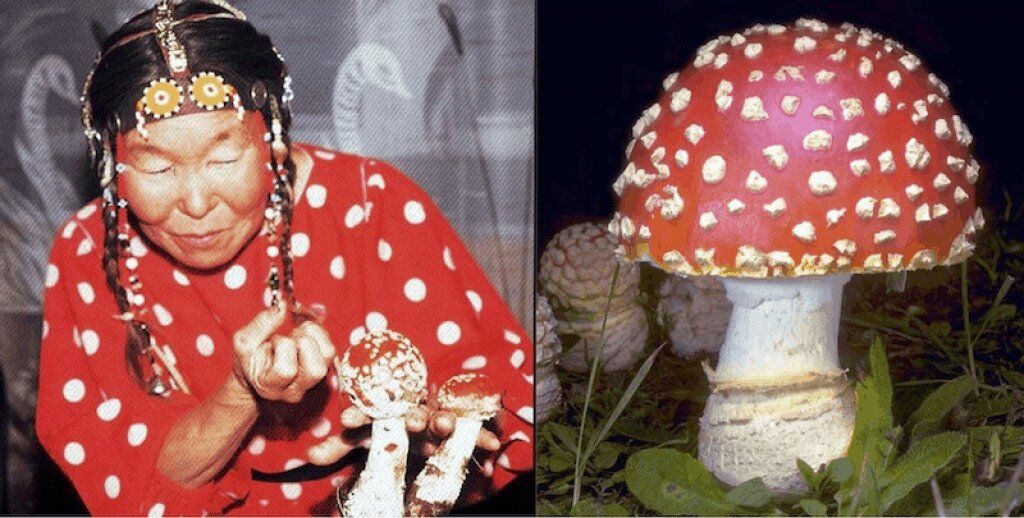
How the flying reindeer fell into the story is unclear, however, they are common in Siberia. One theory proposes that someone high on mushrooms may have imagined that reindeer were flying. The sleigh probably came from Norse mythology, in which Thor flies through the sky in a chariot pulled by two goats. In the 1823 poem credited to Clement C. Moore, “‘Twas the Night Before Christmas,” the author exchanged the chariot for a sleigh and the goats for reindeer.
4. The Star of Bethlehem was a nova preceded by auspicious astrological events
Ancient Chinese documents indicate that in 5 BCE the Chinese observed some kind of celestial event regarding a star that lasted more than 70 days. Koreans recorded the same thing. Many astronomers believe this event was a very bright nova. However, this nova was preceded by other auspicious celestial events that, for Greek astrologers and the Magi, portended very momentous things to come.
Ancient astronomers were also astrologers during these times, and they looked toward the stars to foretell the future. Three events consisting of conjunctions and pairings of Saturn, Jupiter, Mars, and the Moon from 7 BCE to 5 or 4 BCE took place in the constellation of Pisces. Saturn was considered the evil planet, Jupiter was a planet of royalty, Mars was a sign of conquest, and Pisces was connected with Jewish people.
The events may have told of royalty (a new king) who would rise up from Judea and challenge an evil ruler of that time. Then in 5 BCE the wise Magi, who had been watching the heavens for signs, saw the nova in the east. This sign told them to begin their journey to find this new king. Over the months it took for the Magi to travel to Bethlehem, the nova would have continued to move until it appeared to hang over the southern sky (over Bethlehem). For more information see Bruce Gerig’s, “Have Astronomers Found the Star of Bethlehem?“
5. Saint Nicholas was Turkish and Krampus had nothing to do with Christmas
Santa Claus is distantly related to St. Nicholas, who was a Turkish monk supposedly born around 270 CE. According to the legend, when he was still in his youth, Nicholas’ extremely wealthy parents died. The boy inherited a large fortune that he used to help the poor. With an unbounded kindness and charitable nature, Nicholas earned his sainthood.
Krampus is a mythological creature that has roots in the pre-Christian, proto-Germanic mythology of Europe. Born as the son of Hel, the goddess of the underworld, Krampus is depicted as a hoofed demon that looks like a goat. He goes around hunting children, and when he finds those who have been disobedient to their parents, he beats them into submission with chains and birch sticks. Then he drags them to his underworld lair where they will spend a year with him. Now Krampus is a Christmas figure and, according to some traditions, works with Santa. However, he behaves more like Santa’s evil alter-ego who likes to scare children into being good.
Related: The Origin of Santa Claus and Krampus
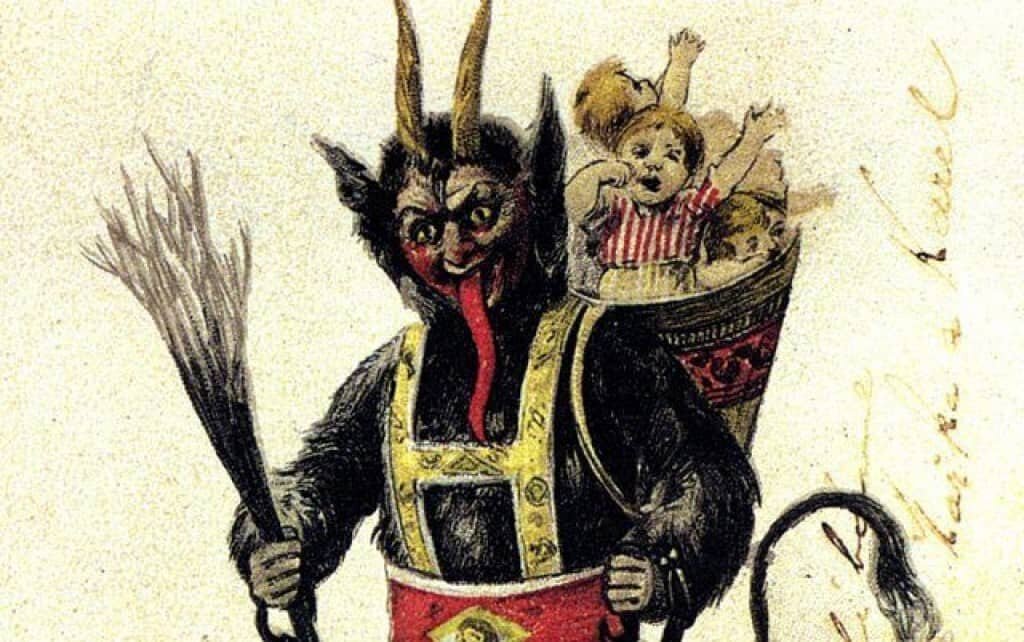
6. “A Charlie Brown Christmas” used real children as actors
The beloved Charles M. Schultz Christmas classic, A Charlie Brown Christmas, was created in 1965 on a low budget. Most film industry experts thought it would be a complete flop. However, it instantly became an all-time children’s favorite around the world. Year after year, Charlie Brown would remind everyone about the true meaning of Christmas. Most people don’t know that The Coca-Cola Company commissioned and sponsored the TV program and that real child actors played the voices of the characters. It has won Emmy and Peabody awards and has aired every year since its debut.
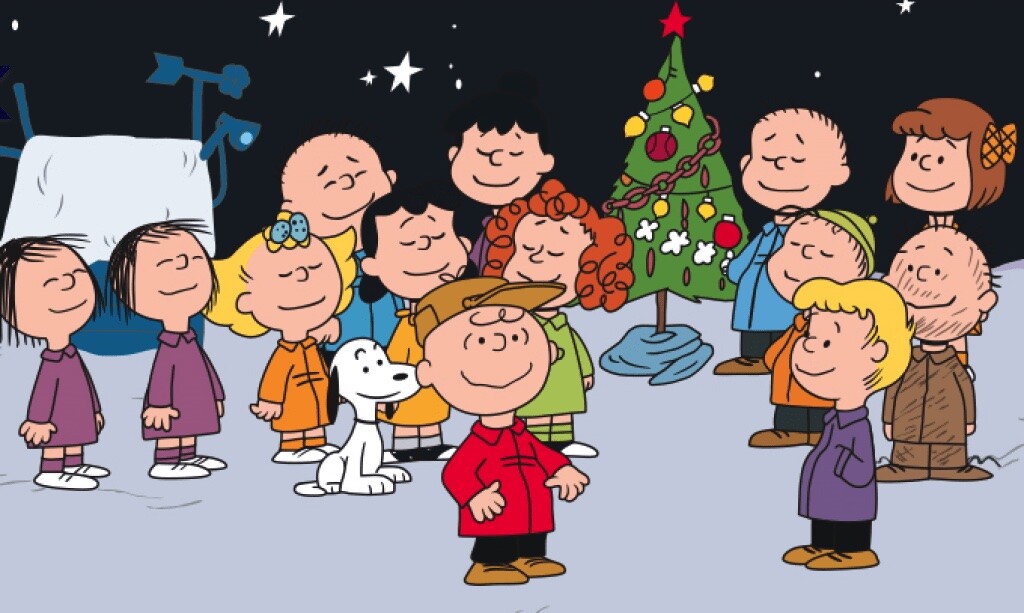
7. Wreath-hanging is a pre-Christian Pagan tradition
Interestingly, a number of today’s Christmas traditions have pre-Christian, Pagan roots. Wreath-hanging is one of them. Trees and the color green symbolized life for many ancient cultures, such as the Celts, Norse, and Romans. Therefore, evergreens held special meaning for these groups, because the hardy trees remained alive and green throughout the harsh winter. For the Norse and proto-Germanic groups, winter meant a time of darkness and malicious entities. Thus, each year during Winter Solstice celebrations, people decorated their homes with greenery to bring in the spirit of life.
[blockquote align=”none” author=”Jordan Dickie, DeLongFarms.com”]During the winter, to shore their homes from malevolent winter spirits, Pagan Germanic peoples would hang wreaths and bushels of evergreens over their doors and windows, believing their spirit was enough to ward off winter evils.[/blockquote]
The Romans also decorated their homes with wreaths and garlands during their Winter Solstice celebration called Saturnalia.
8. The origin of the candy cane
Ever wonder where the little red and white striped Christmas candy came from? There isn’t any reliable historical documentation. However, there is a “sweet” folktale that may hold some truth.
In 1670 in the town of Cologne, Germany, a local church was holding its annual Nativity event on Christmas Eve. The choirmaster devised an ingenious way to keep the children quiet during the event. He asked a local candy maker to make little sweet sticks for them to lick. The candymaker made the treats look like the staff of a shepherd to give them a Nativity theme. This also made the candy-licking more acceptable to the rest of the congregation. The color white represented the purity and sinlessness of Jesus. The choirmaster’s idea was a big success, and the candies spread around the world as a Christmas favorite.
9. Elves come from the mythology of ancient Europeans
Elves were a prominent part of proto-Germanic and Norse mythology. The ancients considered elves to be “demigod-like beings” who were close to the gods. “Light elves” were more beautiful than the sun, and followers worshipped them well after Christianity spread. These cultures believed elves could be beneficent or malicious, heal you or make you sick, play tricks on you, or protect you. The best way to appease them was to provide offerings or sacrifices for them. One of the ways families would do this was to leave a bowl of porridge outside on their doorsteps. Interestingly, the 1823 Christmas poem “Twas the Night Before Christmas” refers to Santa as an elf. “He was chubby and plump, a right jolly old elf…” Today, we are still leaving treats out for the big red elf.
As with many other ancient European traditions, elves traveled across the Atlantic and made their way into North America’s Christmas tradition by the mid-1800s. Santa became the head elf who oversees the work of little elfin helpers.
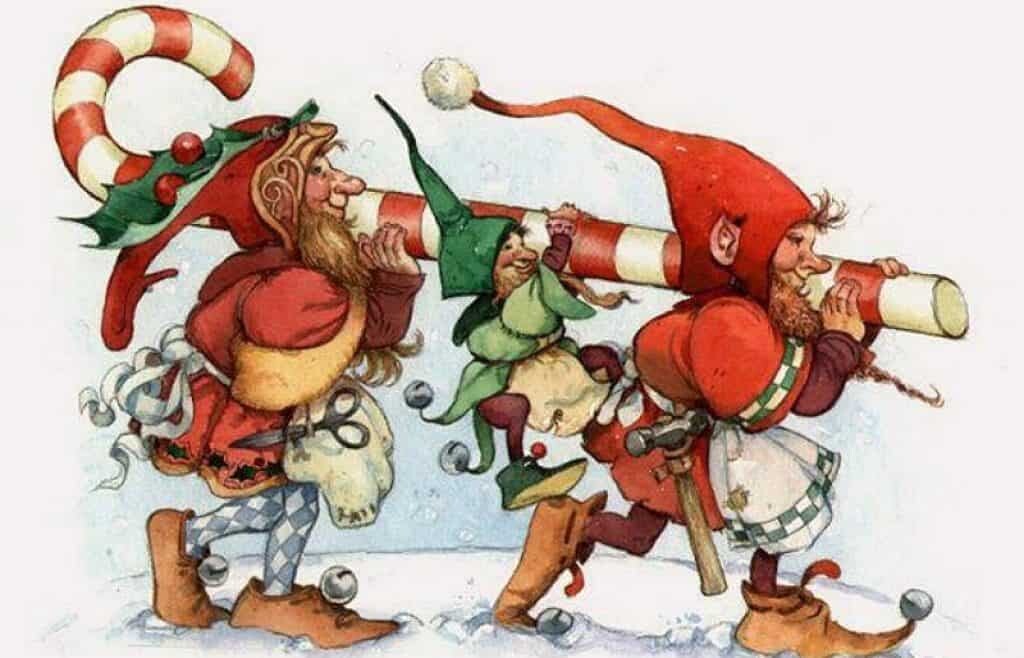
10. Why we celebrate Christmas on December 25
Nobody knows when Jesus was born and, based on clues in the Bible, he may not have been born in the month of December at all. There are different theories about why December 25 was chosen. Pre-Christian Romans celebrated the Winter Solstice between December 17-23 with their Saturnalia festival in honor of the agricultural god, Saturn. Early Roman Christians aspired to replace Pagan holidays and festivals with Christian ones. This was easier than an outright ban of longstanding traditions, which would have led to discontent. Therefore, Christmas festivities that culminated on December 25 replaced Saturnalia. Another theory suggests that Mary, the mother of Jesus, was notified by the archangel Gabriel on March 25 (the Annunciation) that she would give birth to the Son of God. Then 9 months later, on December 25, she had Jesus.
Related: Is There Encoded Religious Meaning in the “Twelve Days of Christmas”?
11. Reasons for hanging mistletoe and kissing under it
Mistletoe has no relationship with toes or mists. Mist is German for “dung” and tang (toe) means “branch.” Birds spread this parasitic plant from tree to tree through their feces. It is poisonous to humans. But it serves as an important food source for birds and other animals.
In Norse mythology, the mistletoe is a symbol of life, love, fertility, and friendship. Additionally, a Norse legend explains why people honor the mistletoe. As the story goes, Baldur, the beloved son of Odin, died when his brother Hodr shot him with a mistletoe spear during a game. His mother, Frigg, was so distraught that she cried tears that fell on the spear. The tears turned into white berries that she put onto Baldur’s wounds, and he magically came back to life. Frigg was so elated that she gave the mistletoe plant her divine blessings, and she said she would kiss anyone who walked beneath it.

Other sources indicate that kissing under the mistletoe started in England. Before the kisser gave the kiss, he had to pluck a berry, and when all the berries disappeared, there was no more kissing. Decorations of mistletoe within houses were common during the Middle Ages to ward off evil and the devil.
Additional references:
History, “History of Christmas Trees“
Evening Standard, “Why Do People Kiss Under the Mistletoe“